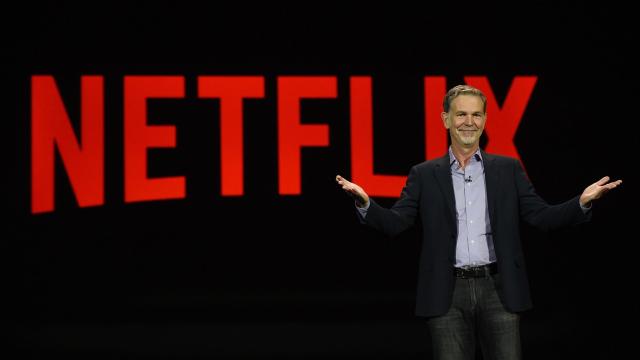What once seemed like some sick joke or wild fantasy has finally become a reality. After months of rumours, Netflix finally has an ad-supported tier, and it’s launching across 12 different countries this week.
Netflix’s decision to introduce ads comes after years of explicitly railing against that very same business model. An increasingly saturated streaming ecosystem, limited money in customers’ wallets, and shaky subscriber numbers, however, can apparently run even the deepest well of convictions dry.
Here’s what to expect when Netflix’s Basic With Ads Tier launches this week.
How Much does it Cost?

Viewers who want to get their midnight Netflix scroll on will have to shell out $AU6.99 per month to access Netflix’s Basics With Ads.
When Will it Launch?
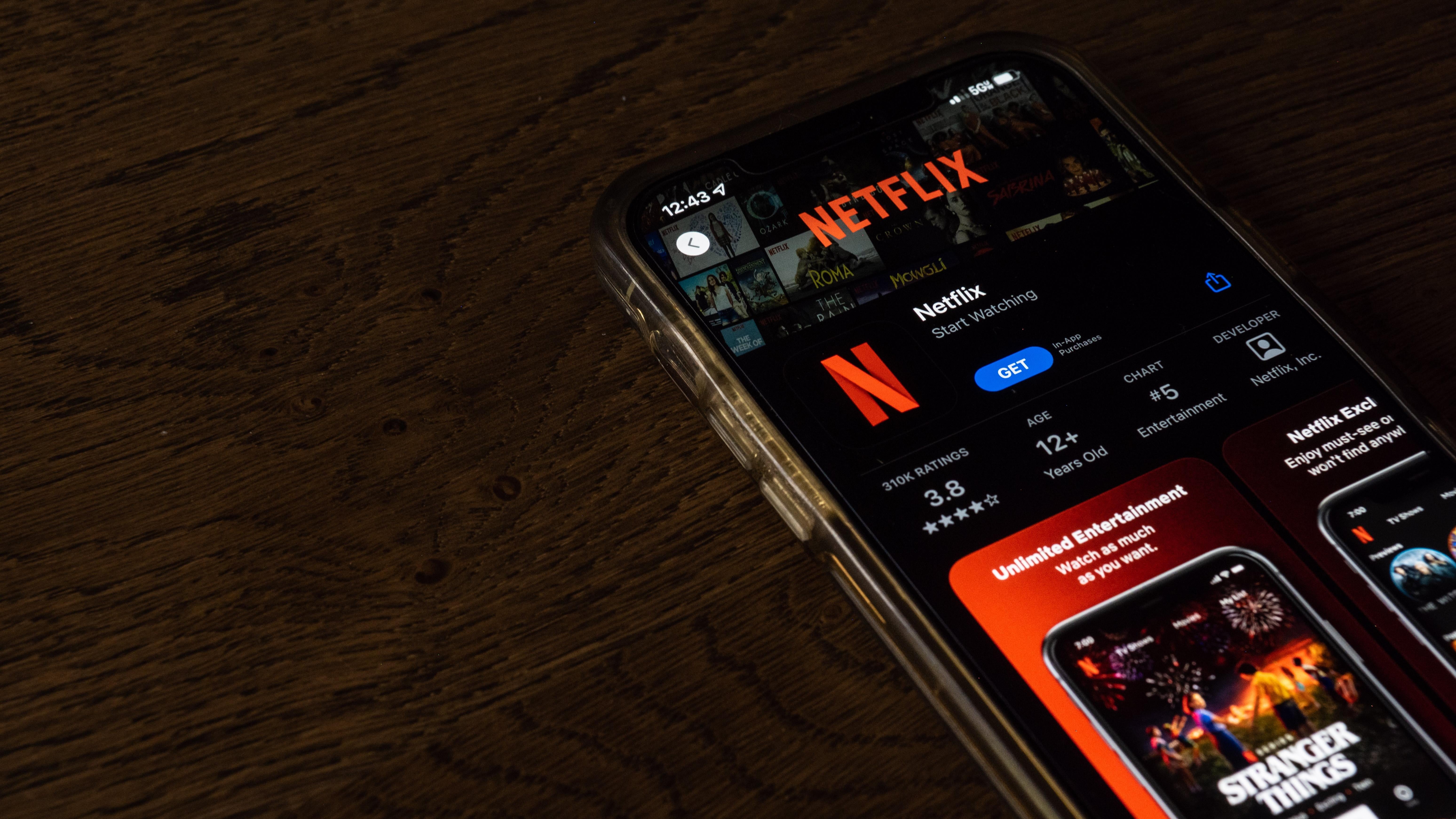
The streaming giant’s pivot towards ads has actually already begun in some regions. Basics With Ads reportedly launched in Canada and Mexico on November 1. The far larger U.S. market, along with others in the U.K., Australia, Brazil, France, Germany, Italy, Japan, and Korea, launch today, November 4th, at 3 a.m. AEDT.
What’s the Difference?
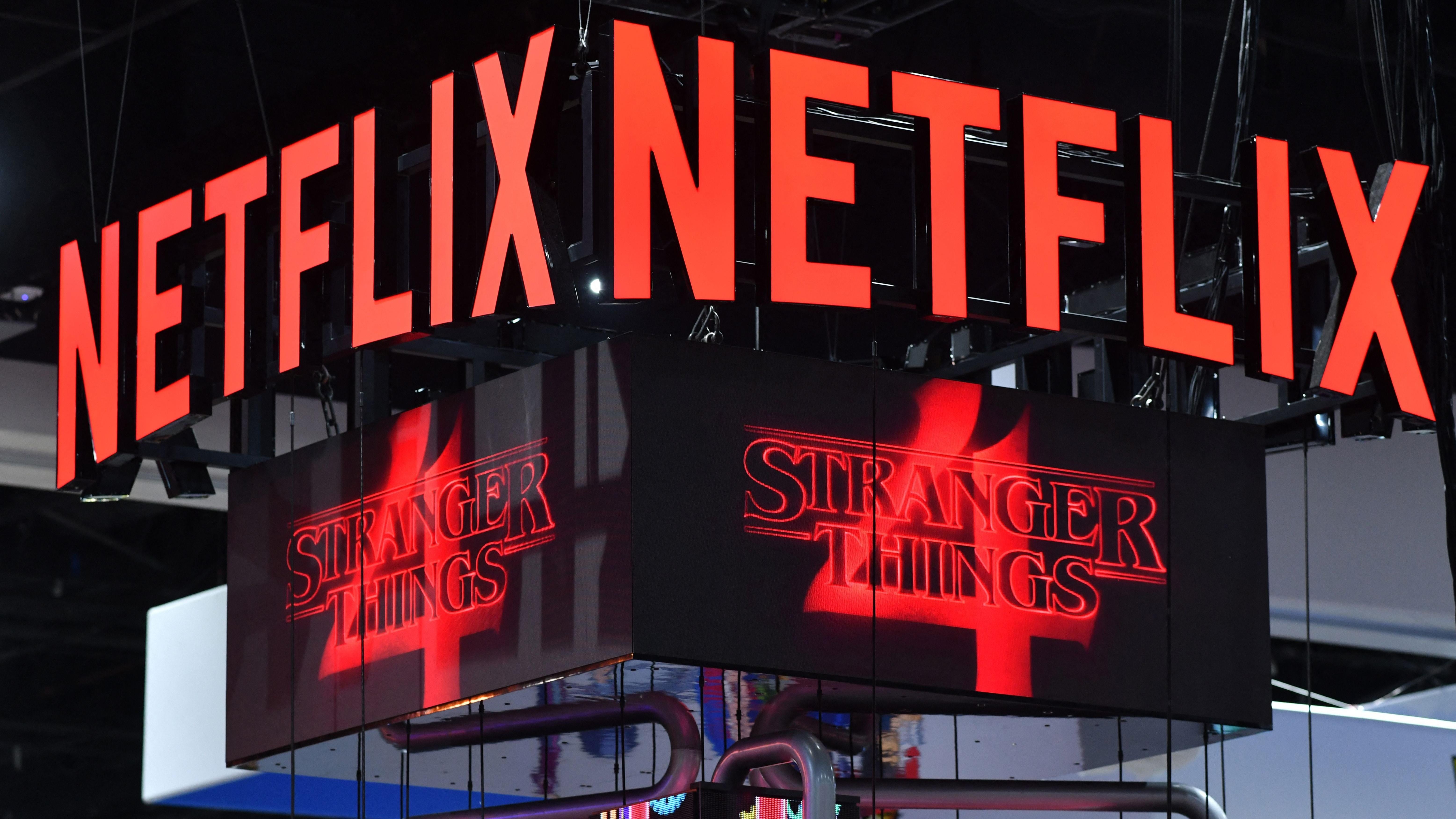
Netflix’s new plan will stream in a lower video quality (720p/HD ) than its Standard and Premium plans and users will not have the ability to download movies or television shows for offline viewing. And while “free” and paid users will still have access to most of the same content, there are some limitations. Netflix previously said its ad-supported tier would include around 85% to 90% of the regular viewing on its platform, but a report released just this week from The Wall Street Journal claimed it still hadn’t finalised new agreements with major studios for the rights to run ads against their content. Those studios, as of Wednesday, reportedly included Disney, Comcast, NBC Universal, Sony Pictures, and Warner Bros.
“We did deals in a timeframe before when we weren’t contemplating doing an ad-based tier,” Netflix Chief Operating Officer Greg Peters told Axios last month when asked about the murky agreements. “We feel like we’ve got a very strong offering in terms of the amount of titles.”
Can You Still Say Screw Ads?
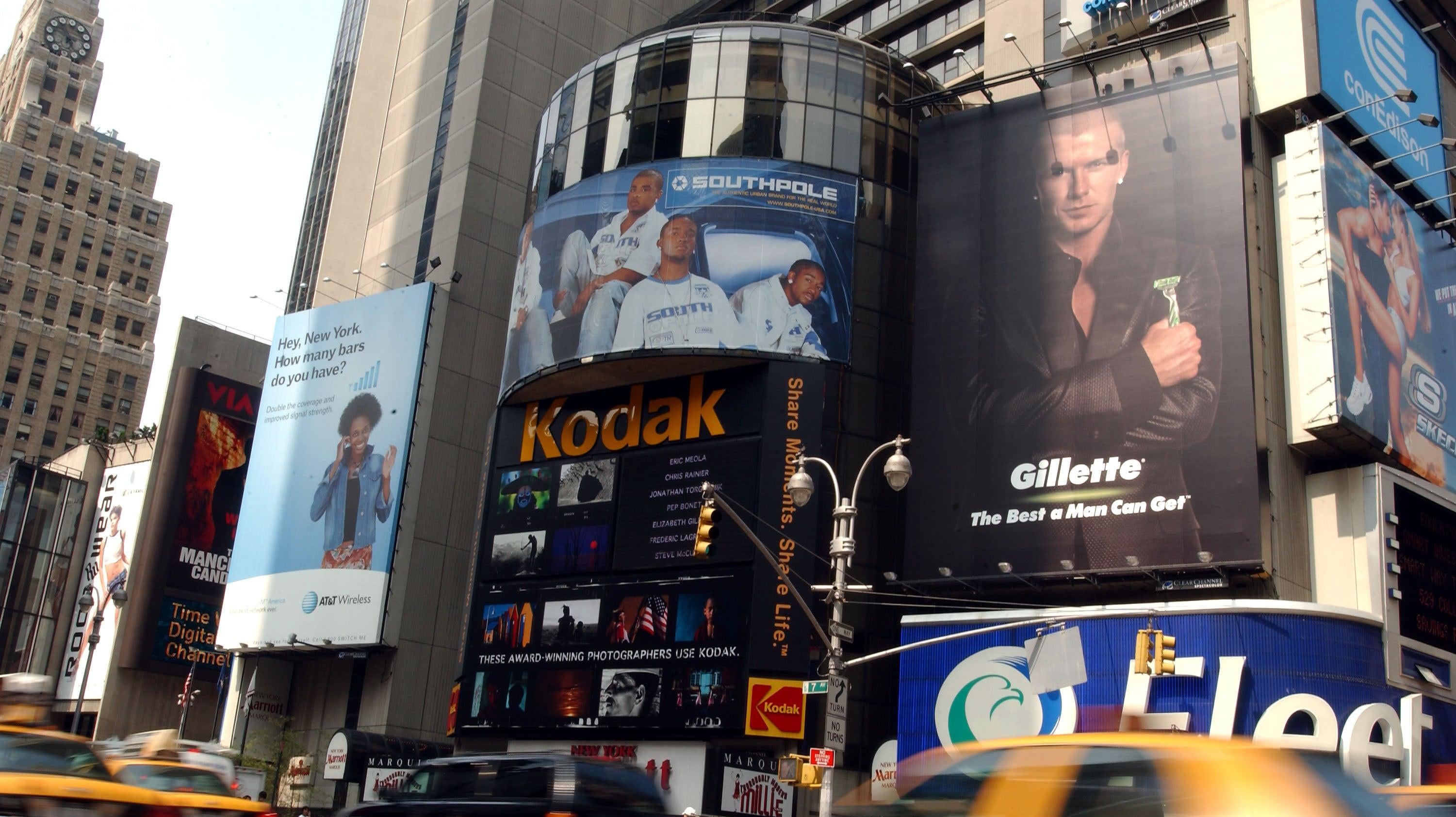
If you want to pay up, then yes. As Netflix says repeatedly in its marketing material, Basics With Ads should be viewed as an additional, lower cost option so, “current plans and members will not be impacted.” Netflix Basics, Standard and Premium plan members can go about their day unchanged.
Netflix advertisers will be able to target users based on a user’s country location and browsing habits and will also have controls in place to prevent their ads appearing alongside content they view as objectionable.
Wait, How Many Ads Are We Talking About?
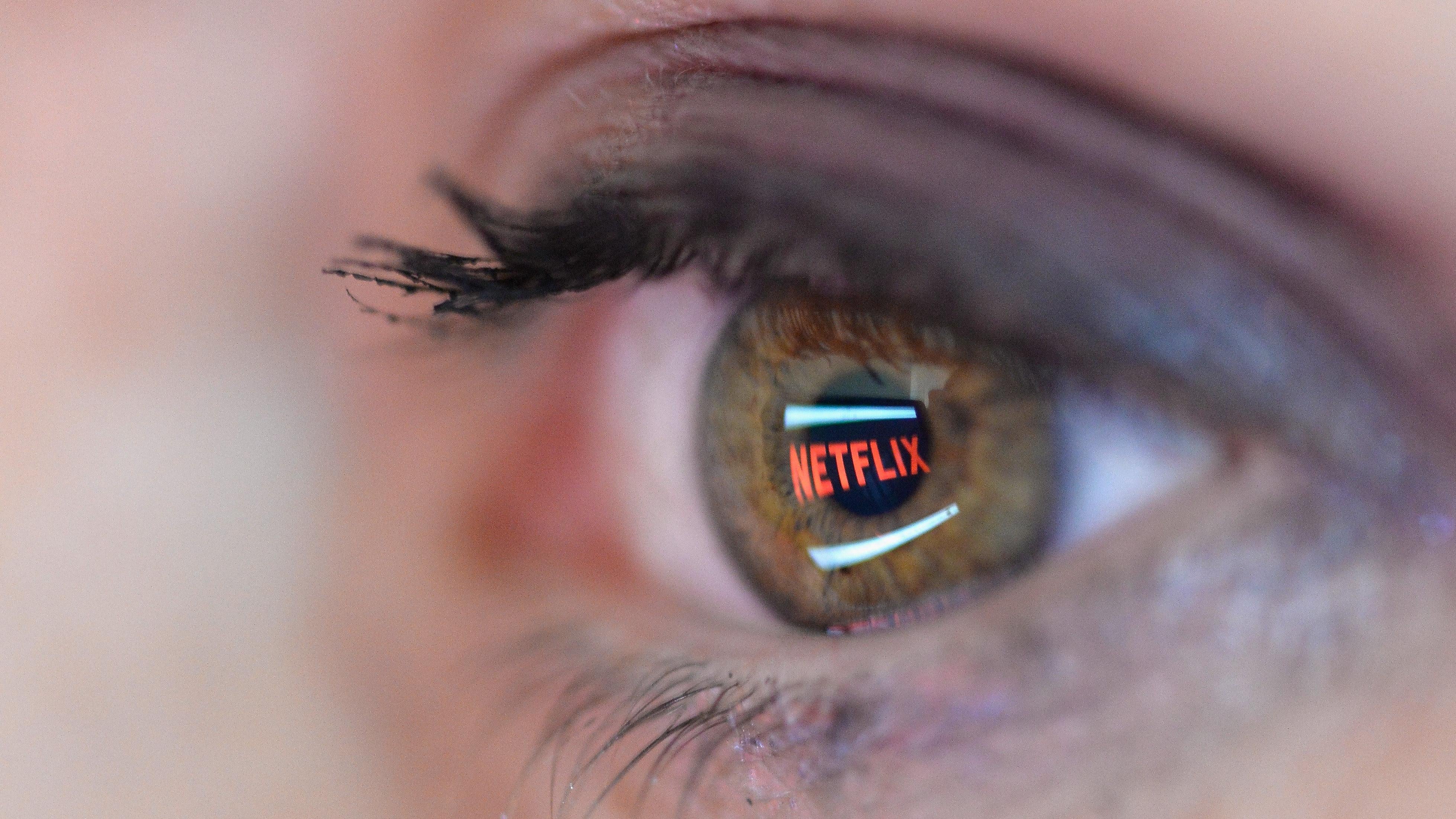
Netflix says it will serve around four to five minutes of 15-30 second ads per hour, played before, during, and after a show. That’s around the same chunk of ad time served up by streaming competitors like HBO Max, Peacock, and Discovery+ which refer to these breaks as, “light ad loads.”
The amount of individual ads per hour are also relatively consistent among streamers, with one exception, according to recent MediaRadar data shared with MarketingBrew. HBO Max, Discovery+, and Hulu, per that report, shared 7.4, 7, and 11.1 ads respectively per hour while Paramount+ served a much higher 26.8 ads per hour. Though Netflix hasn’t provided definitive figures here, it’s probably safe to assume their ads per hour would closely follow that first set of streamers.
It’s worth noting that all of those are all still a decent chunk less than the estimated 12 minutes worth of ads per hour typically served by basic cable, according to data in 2019 from MoffettNathanson viewed by FastCompany.
All that’s to say that while it may feel like streaming is starting to look an awful lot like the television of yesteryear with ads and a cornucopia of channels, streaming users still overall appear to have less of an appetite for lengthy advertising breaks cutting up their viewing experience.
So, Why Is Netflix Adding Ads Anyway?
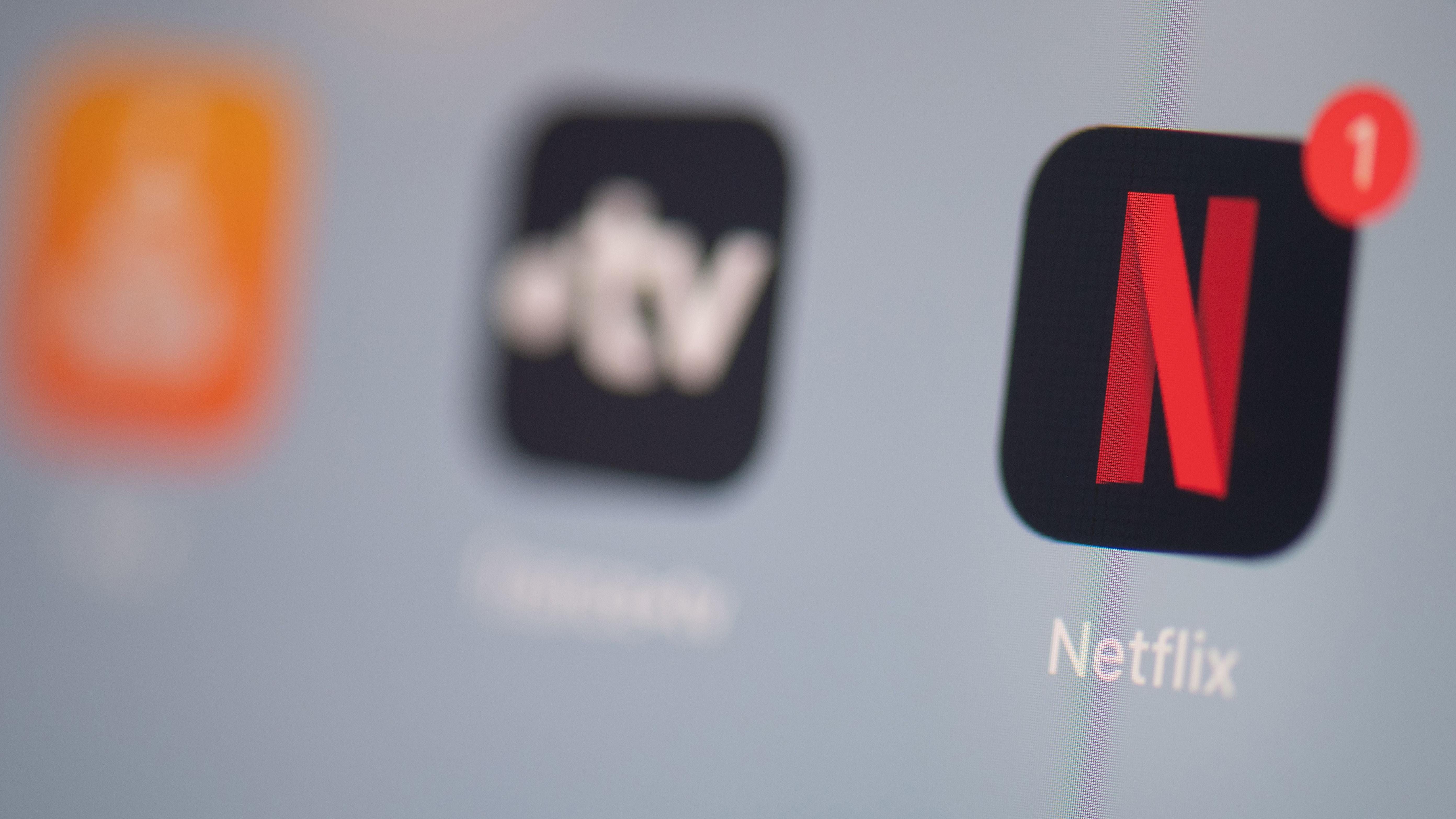
Netflix’s decision to launch an ad tier was one of business necessity, or, depending on who you ask, animalistic survival. The company lost an estimated 1.2 million subscribers over its first two quarters this year, a disaster which sent its stock price plummeting and contributed to layoffs impacting nearly 500 employees. Publicly, the company blamed these declines on a number of factors, including the prevalence of password sharing amongst its users and the war in Ukraine. Experts, including analysts who spoke with Gizmodo back in May, however, pointed to years of accruing debt as a substantial factor as well. Whatever the actual reason, Netflix found itself on the receiving end of frantic analyst and investor calls to right the ship like never before.
And they’ve responded. So far, Netflix has actually managed to partially recover from its dismal first half even without the new ad tier. Last month, the company reported it added more than 2.4 million subscribers in the third quarter and optimistically projected it expected to add another 4.5 million in Q4. Whether that lofiter projection actually materialises could rely in large part on whether or not the ad supported tier pops or flops.
Will it Work?
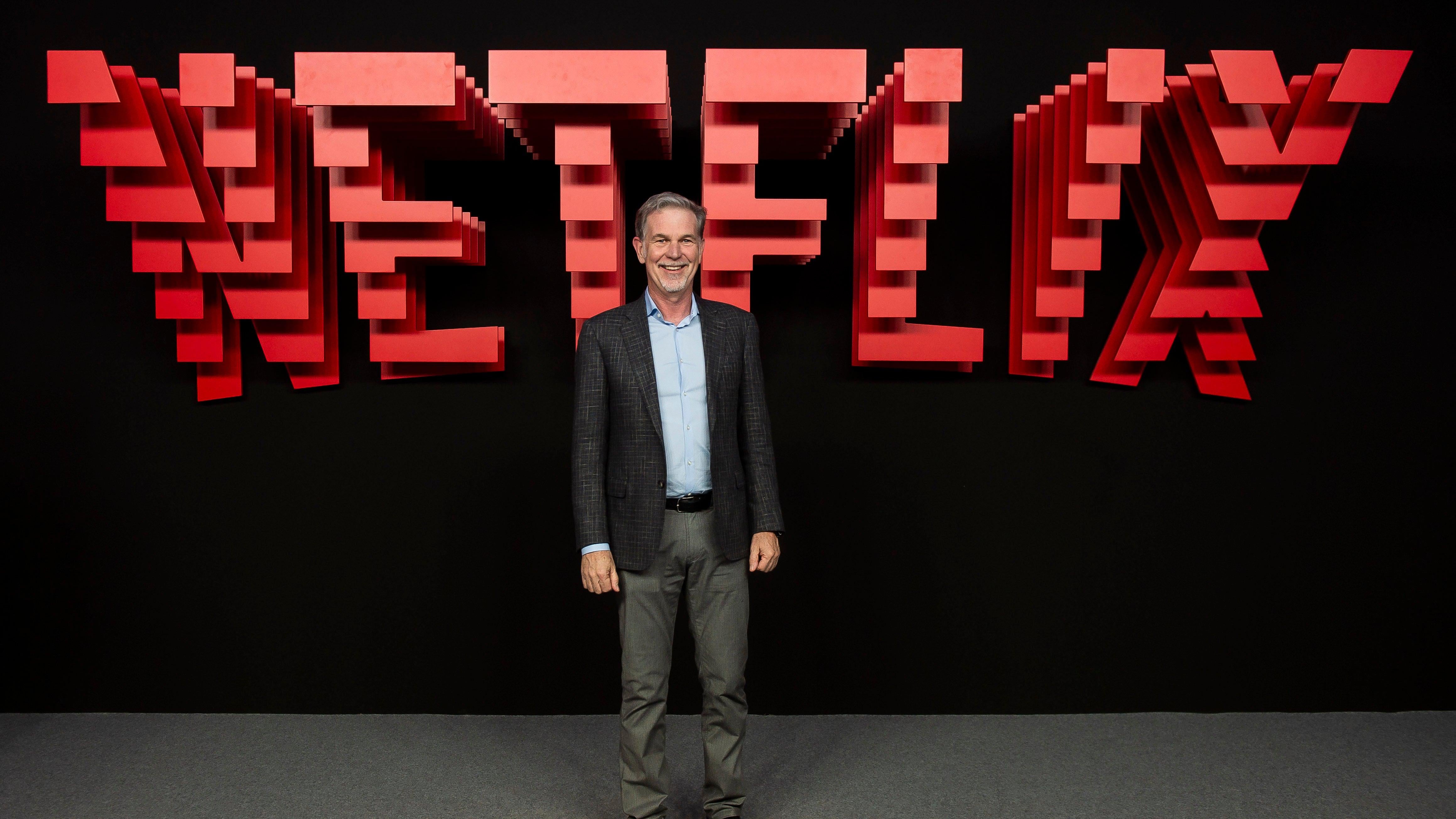
That depends on who you ask and what you mean by “work.” Laura Martin, a senior entertainment internet analyst from Needham & Company told Time the move to bring on ads could actually harm Netflix’s revenues in the short term, but that that is worth it in order to grow its subscriber base.
Some of those subscribers belong to a growing cohort of entertainment viewers who simply cannot or will not continue to keep paying for an increasing number of separate streaming services. In April, 63% of streaming consumers surveyed by Accenture said they agreed that it’s simply too expensive to pay for all of the subscriptions they want. That’s due in part to an absurdly crowded market of [INSERT NAME HERE] Plus digital adventurers.
To put that in perspective, Insider Intelligence estimates there’s over 200 global streaming services available to choose from. In Q2, 2021, the average adult said they subscribed to around eight different video streaming services, more than double the average from 2016. Growing inflation and changing consumer spending habits could also lead some more money strapped users to cancel another subscription here or there. While those users would simply vanish under Netflix’s previous model, the ad-supported tier gives the company an in to battle over those users.
How Could it Fail?
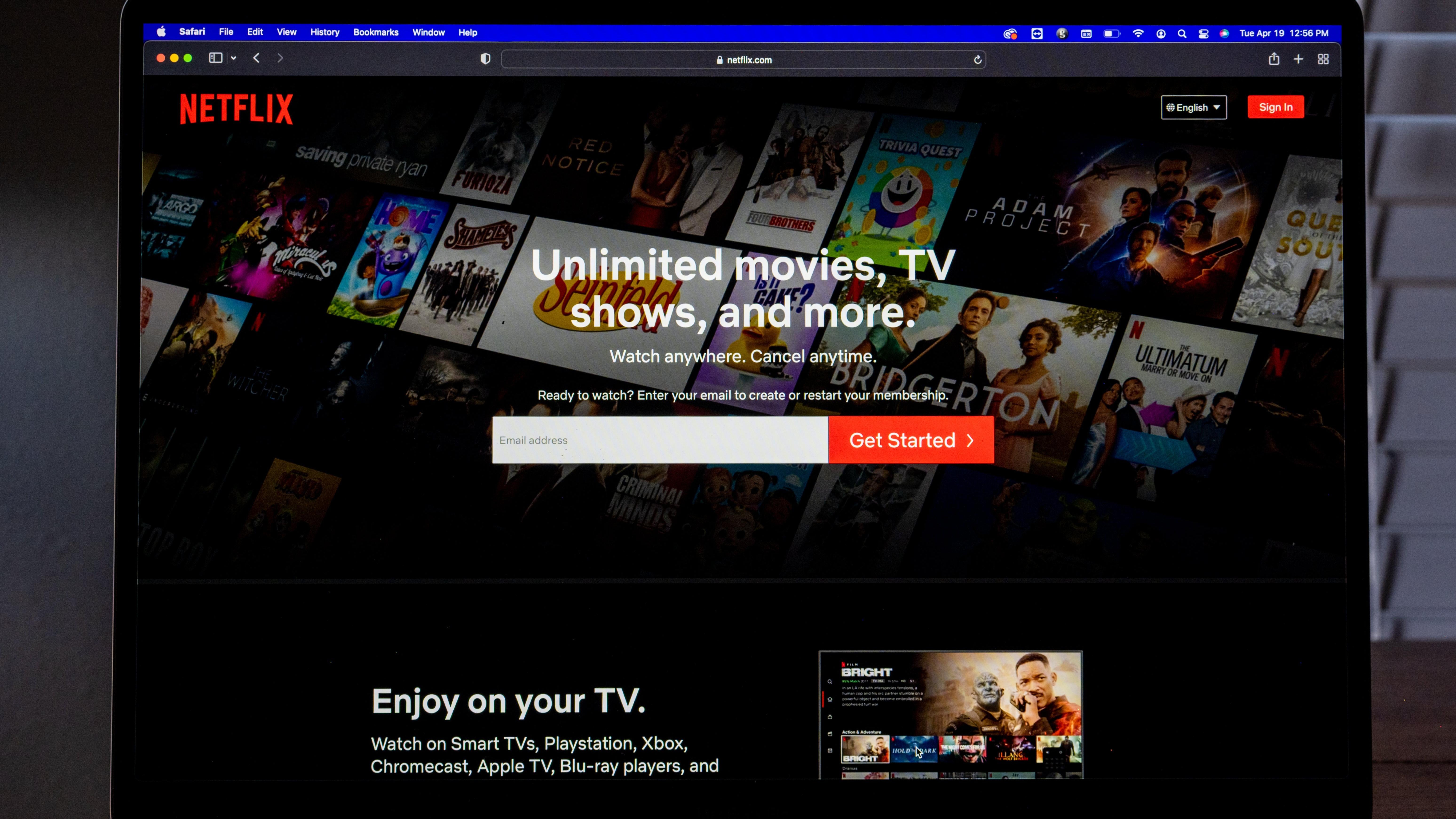
All that said, Netflix’s ad supported tier isn’t’ guaranteed to succeed. As Forrester VP and Principal Analyst Joanna O’Connell recently said in an interview with Yahoo Finance, Netflix will need to find a way to deliver ads, “in a way that doesn’t suck.”
If they fail to meet that benchmark, Netflix risks further damaging a brand that, up until very recently, was uniformly opposed to advertising on an almost ideological level.
“We, like HBO, are advertising free,” Netflix said in a 2019 letter to shareholders. “That remains a deep part of our brand proposition; when you read speculation that we are moving into selling advertising, be confident that this is false.”
Even if Netflix can convince users to jump on board, there’s no guarantee the ad business model will mature and generate cash the way they intend in a fast enough timeline to make it desirable.
“Netflix is balancing new ad revenue coming in with the potential of subscription revenue being lost from existing users downgrading,” Wedbush Securities media analyst Michael Pachter told Time in an interview. “But it’s going to take some time for the advertising business to fully monetise.”
